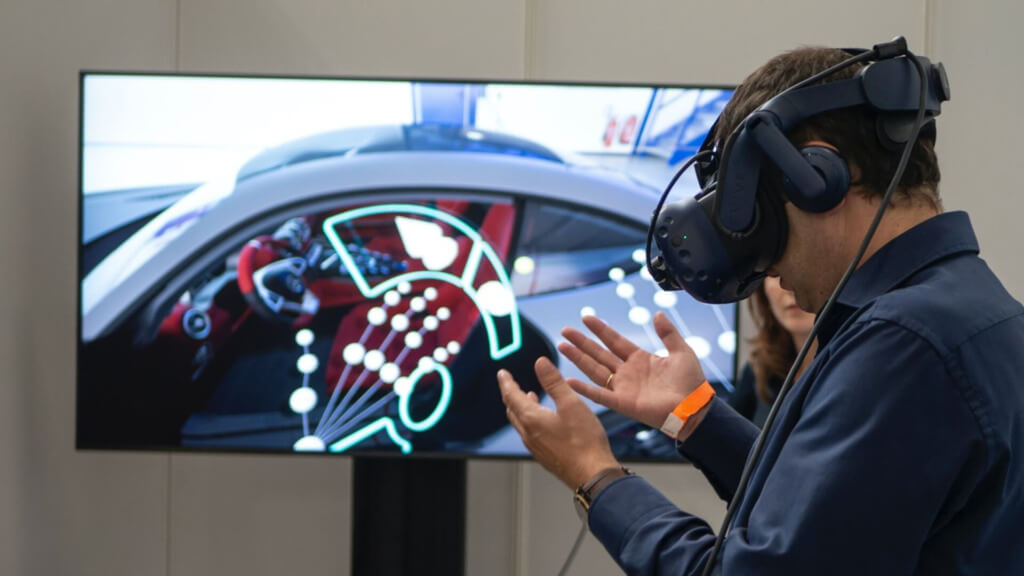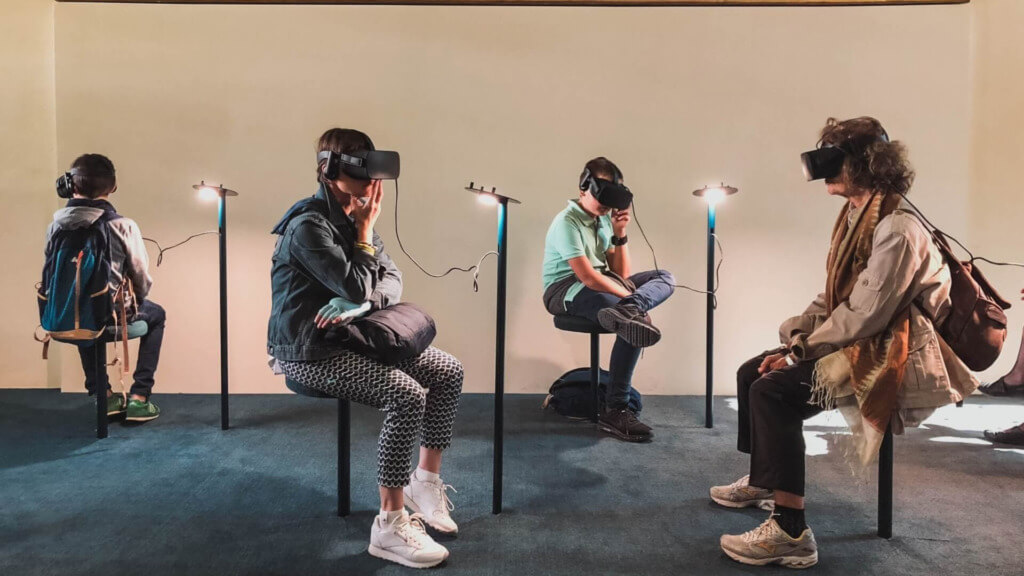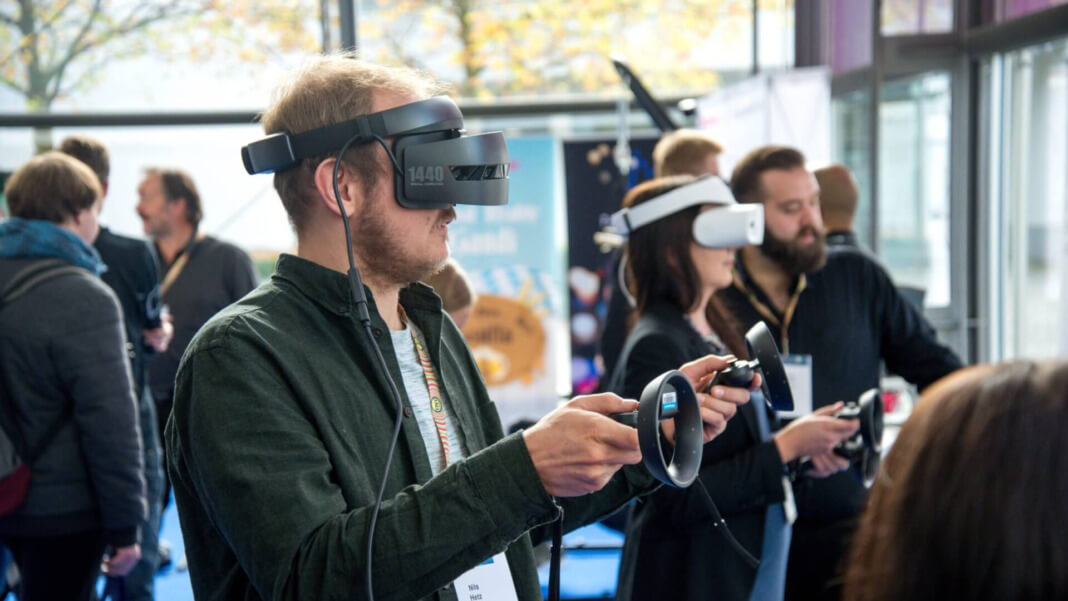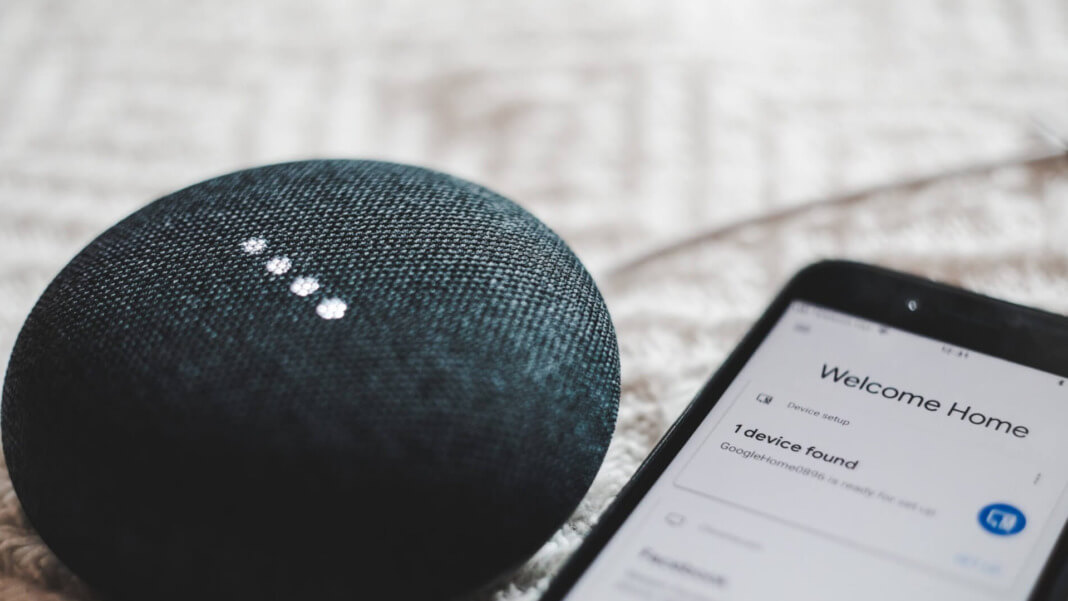In many professions, training can be quite risky. Is it possible to become a plane pilot without training extensively before? Of course not, but training with a real plane, even without passengers, hides a lot of risks. The same will apply to many other professions that involve the chance of hurting yourself or other people. And those jobs are dangerous from the beginning of your training, no matter how small steps you take. So, can we make it easier in any way? VR has been the answer to this question. Keep reading to find out why.
What is VR?
VR or virtual reality is a way to enter a simulated environment using cutting-edge technology. You have probably seen demonstrations of VR where the people with big black devices on their heads are just going around and moving their hands in the air, and you have no idea why they would do that. Well, the answer is simple, and it is that they are in another reality. Even though no one else around them sees what they see at the moment, they might be actually fighting dragons, flying planes, performing surgeries, and almost anything else you can imagine.

VR places the user inside an experience, so it seems like this is the real reality for the user. It is not like 3D, where you still have the screen in front of you, and just some effects appear to be flying towards you. VR tries to make you believe you are experiencing whatever you are simulating by using almost all of your senses — vision, hearing, touch, and even smell. Sometimes the experience is so real that you might forget that dragons don’t exist and you didn’t just kill or ride one.
Of course, VR has its limit, and those are the technological ones and the ones of the real world. To power up such worlds or even small experiences, like driving a car, you need a lot of computing power. This is why the experiences already available for VR are very limited, and it takes quite a lot of time to create new ones. You might notice that a lot of the new PlayStation or Xbox games also offer the possibility to play with VR but, it takes quite some time before a new game comes out. VR can’t also neglect the natural physical laws that surround us. So, flying might not feel as real, but it might be the closest that many of us will get to flying.
What is the difference between VR and AR?
It is very important to distinguish between virtual reality and augmented reality. They might be pretty similar but are still completely different technologies. AR is used to simulate artificial objects but in the real world. So, if you imagine all those holograms we saw and still see in some of the science fiction movies and TV series, you can pretty much can imagine what AR is.
AR is used to create a 3D image that will appear before your eyes without needing additional devices like glasses. The different sensors and algorithms used will find everything about the object you would like to project and try to represent it as real as possible. Everything is done with the help of a camera and projectors, but in some cases, depending on the technology, it can seem like the real deal until you try to touch it.
VR is not trying to simulate an object in the real world. VR is, as we mentioned, trying to create a virtual world that you can access with the help of additional software like glasses. Again, you won’t actually be able to touch or feel the things you see, but the experience can feel very real. VR, of course, uses cameras and sensors while creating the new reality, but more coding and design are involved in developing new VR worlds.
How can VR ease the pressure of high-risk training?
VR can be used to simulate almost any experience you can imagine. This would make training for some riskier professions much easier and safer. In high-risk lines of work, where technological advancement is highly valued. Many training programs are trying to incorporate it into their schedules. Let’s look over a couple of perfect examples on the subject.
Medicine
Surgeons are the specialist that many people have to leave their life in the hands of. It is not easy to count on someone else to save you while are lying unconscious on the table. But the pressure for the surgeons is even higher because they hold a human’s life in their hands — or, to be precise, humans’ hearts, lungs, and any other organ you can think of. Especially for young surgeons, this pressure can be too much. Of course, all the residency programs are trying to prepare them as well as possible, but it is one thing just to observe or assist with surgery and another to actually do it yourself.
This is where VR can come in handy. Many experiences try to simulate actual surgeries. In this way, the young surgeons can train their movements and also practice for operations without such tremendous pressure. You can also play different scenarios to see every possible outcome and be prepared. In this way, surgeons can train in a safer environment when they are just starting, or even experienced professionals can prepare for specific or innovative operations.
Transportation
In many cases, transportation and especially cargo handlers need to coordinate their work well and respect a lot of safety measures. If you need to put tons of cargo on one truck for less than 30mins, it doesn’t sound like an easy job. Or cargo handlers in airports need to handle everything for really short periods so every plane can respect their timing. VR can be used in the training of such professions or in coming up with new optimized ways to handle the workload.
VR experiences can simulate the whole distribution process of certain goods or products. Each employee that is involved can connect to the experience and practice either only their personal tasks or either they can all practice together with the whole process until everything runs smoothly and they can load and unload cargos in no time.

Flying
This shouldn’t come as a surprise because, as many of you already probably know, VR has been used in aviation training for quite some time. On top of the extensive physical training that many pilots go under and all additional training, pilots should have an extensive course on flying using VR. Maybe it is not the same as flying a real plane, but this is precisely the point. Young pilots can train for different situations without feeling the pressure that real lives depend on them.
Different experiences can be loaded into the VR, and the pilot will have to find the best way out of them. In many cases, the experiences are something that already happened, and the person flying the plane will have to find out how to land the plane safely and save all the passengers. Of course, no one can be prepared for everything, but training with VR will still give young pilots additional training to make them better prepared. VR is used as well in military aviation training.
What is next for VR training?
With the advancement of technology, VR will most probably be used in many more fields as a training method. The three examples we gave are just the most popular, but things like manufacturing, many science fields, and others will benefit from such training methods. Even little kids can soon use VR to learn much more about the world. Could you imagine learning about lions while you can see one in front of you? The future of VR training looks very bright, and we hope that soon everyone will be able to benefit from it.





